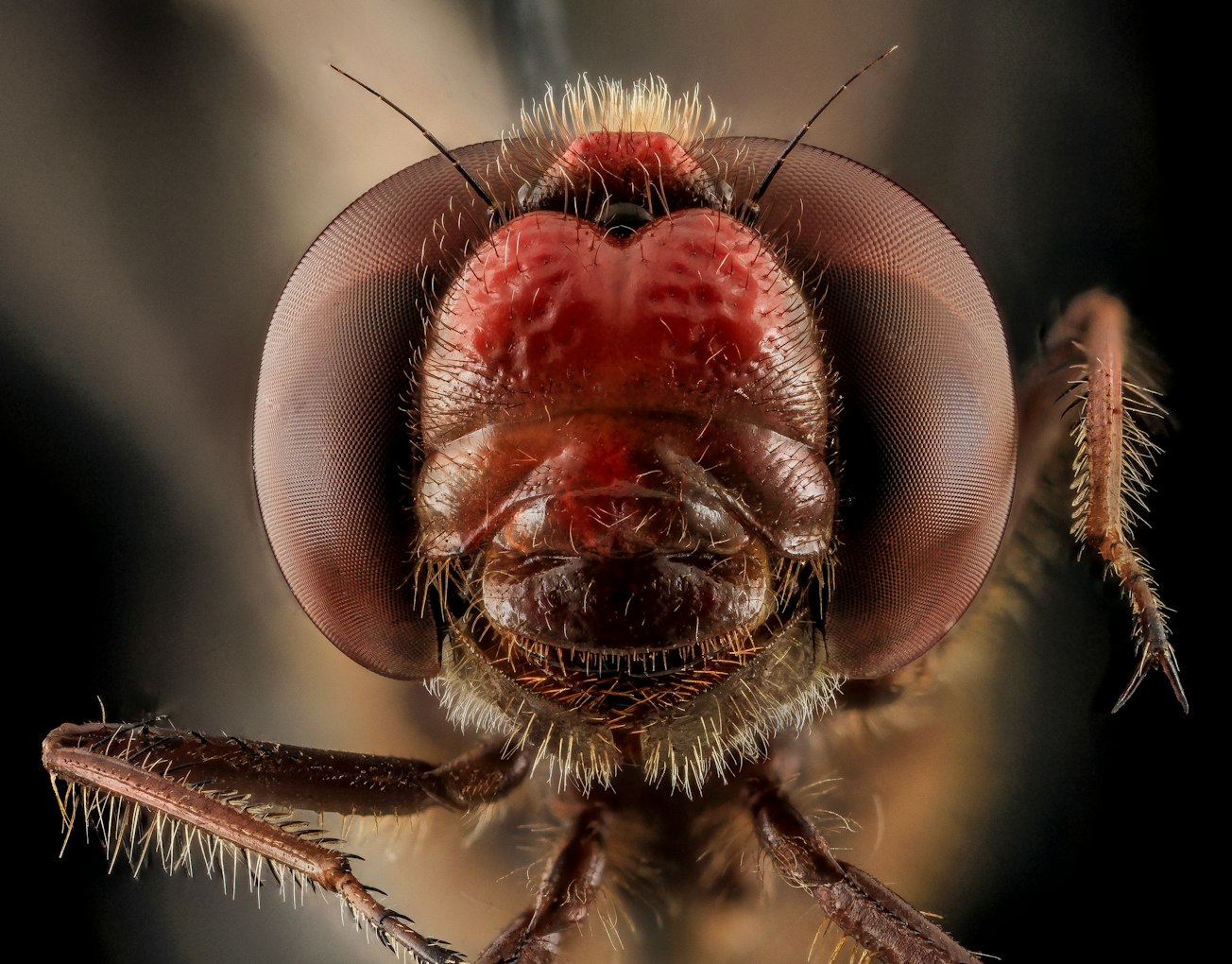What is it about?
Animal African trypanosomiasis, or nagana, is a veterinary disease caused by African trypanosomes transmitted by tsetse flies. In Africa, Trypanosoma congolense is one of the most pathogenic and prevalent causes of nagana in livestock, resulting in high animal morbidity and mortality and extensive production losses. In the tsetse fly, parasites colonise the midgut and eventually reach the mouthparts, from where they can be transmitted as the fly feeds on vertebrate hosts such as cattle. Despite the extreme importance of mouthpart-form parasites for disease transmission, very few global expression profile studies have been conducted in these parasite forms. Here, we collected tsetse flies from the Shimba Hills National Reserve, a wildlife area in southeast Kenya, diagnosed T. congolense infections, and sequenced the transcriptomes of the T. congolense parasites colonising the mouthparts of the flies. Results: We found little correlation between mouthpart parasites from natural and experimental fly infections. Furthermore, we performed differential gene expression analysis between mouthpart and bloodstream parasite forms and identified several surface-expressed genes and 152 novel hypothetical proteins differentially expressed in mouthpart parasites. Finally, we profiled variant antigen expression and observed that a variant surface glycoprotein (VSG) transcript belonging to T. congolense phylotype 8 (i.e. TcIL3000.A.H_000381200), previously observed to be enriched in metacyclic transcriptomes, was present in all wild-caught mouthpart samples as well as bloodstream-form parasites, suggestive of constitutive expression.
Featured Image

Photo by USGS on Unsplash
Why is it important?
Our study provides transcriptomes of trypanosome parasites from naturally infected tsetse flies and suggests that a phylotype 8 VSG gene is constitutively expressed in metacyclic- and bloodstream-form parasites at the population level.
Read the Original
This page is a summary of: Transcriptomic profiling of Trypanosoma congolense mouthpart parasites from naturally infected flies, Parasites & Vectors, May 2022, Springer Science + Business Media,
DOI: 10.1186/s13071-022-05258-y.
You can read the full text:
Contributors
The following have contributed to this page







